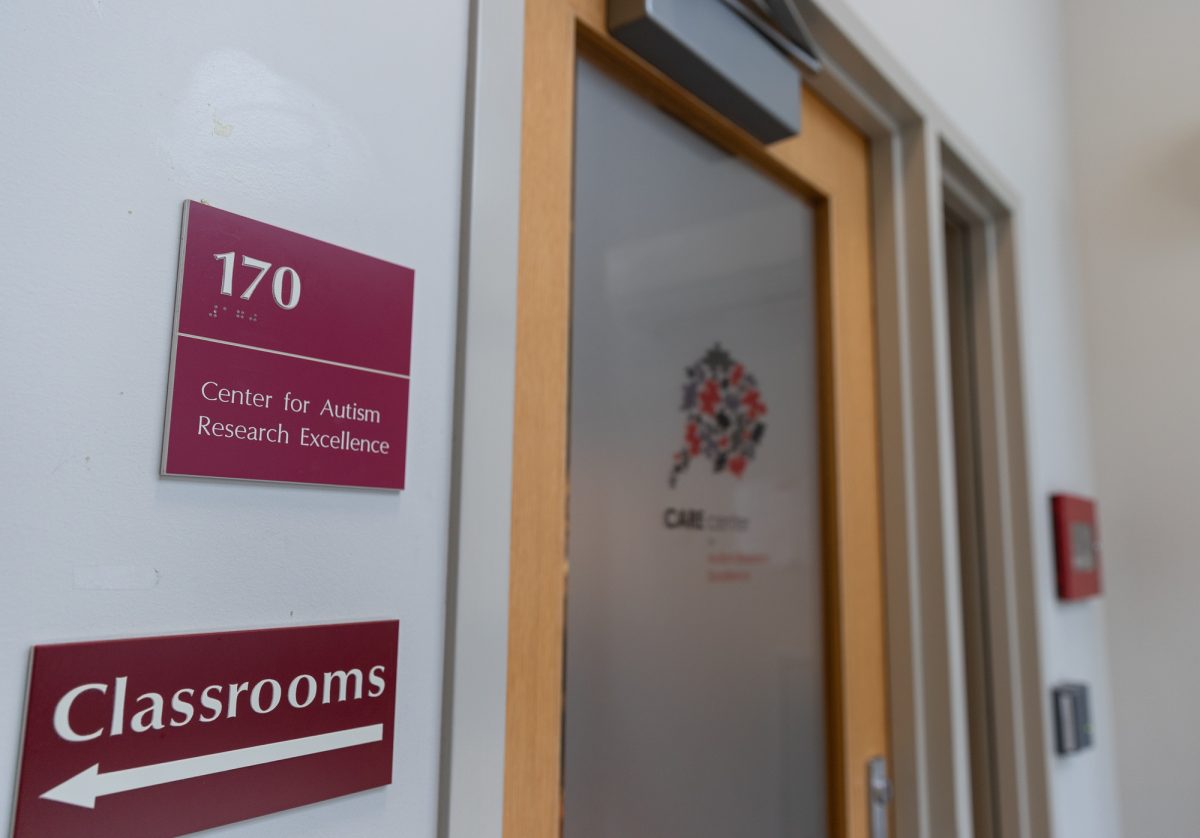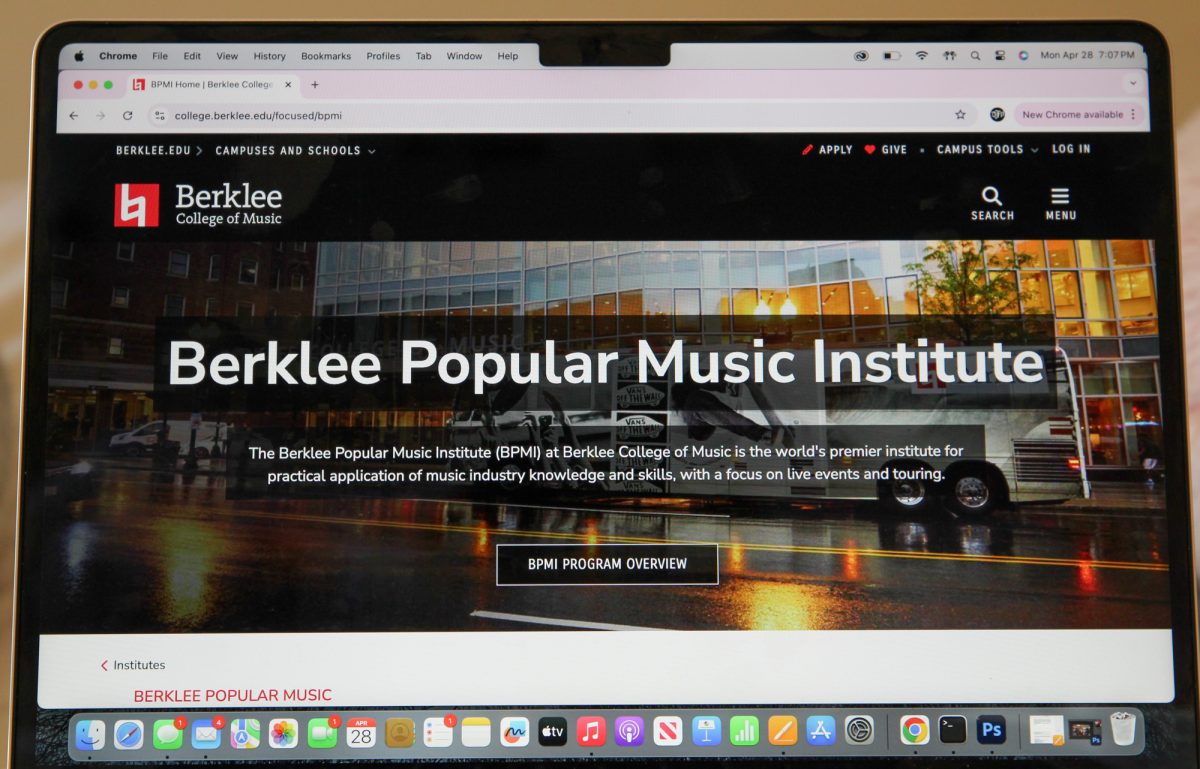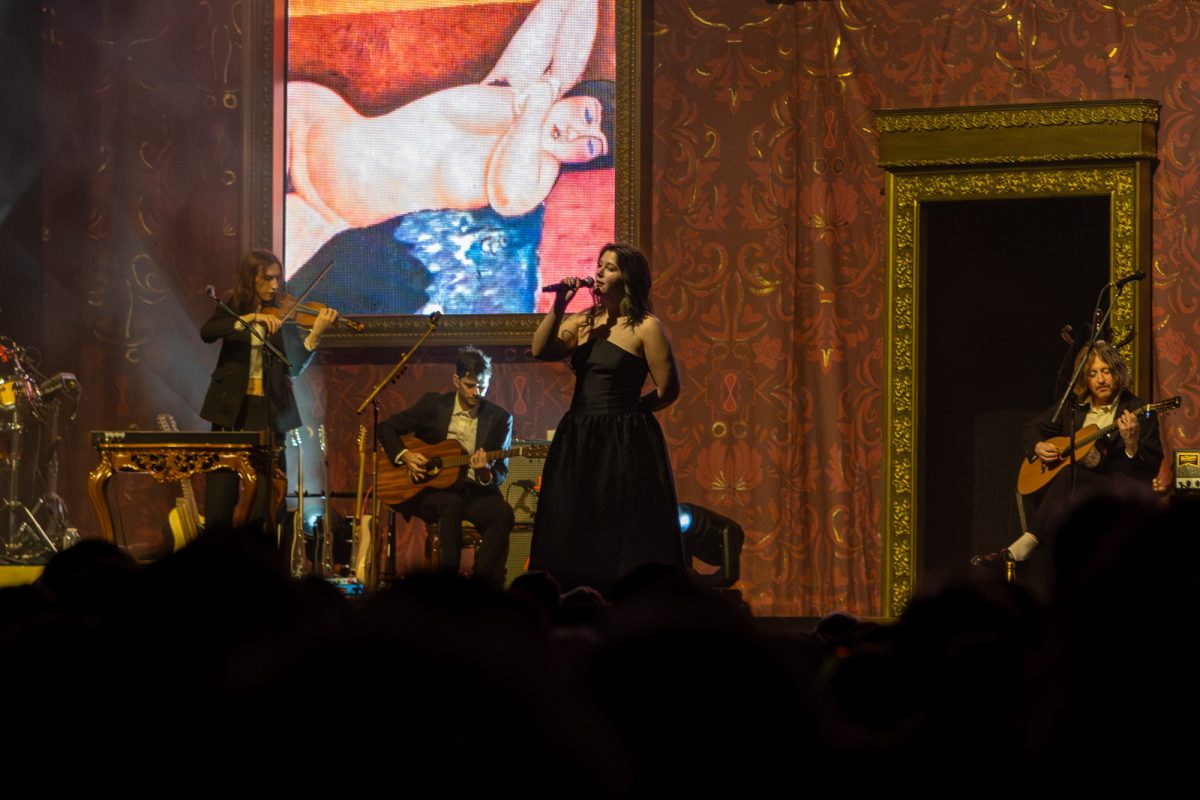
In sleek, black attire, around one hundred musicians in the Boston University Symphony Orchestra fanned across the stage of the Tsai Performance Center for a booming season-opening performance of Brahms, Sibelius and Dvořák.
Friday evening’s concert coincided with alumni weekend, which Director of Orchestral Activities and Master Lecturer James Burton said was a deliberate choice. The concert was also held at this time last year, Burton said, in the hopes that alumni of the College of Fine Arts would attend.
“I had a wonderful crowd come, very, very enthusiastic and supportive of the younger students,” he said.
Friday’s concert was also one of the first performances the orchestra played with a full capacity of musicians without mask requirements. Burton, who conducted the orchestra, said the end of formal COVID-19 safety protocols means the connection and cohesion of the orchestra ensemble has finally returned.
“If you’ve got half an eyebrow, and a half a grin, you can share those moments and get to know people in a different way,” Burton said.
Behind masks, he said, these exchanges fell short.
“I felt so sadly cut off from the students in a way that I just wasn’t expecting and it certainly hampered our artistic work,” Burton said.
Ensembles Manager and trumpet player Dan Casso, a second year doctoral student, said when Burton was wearing a mask, he “couldn’t give facial expressions that us musicians almost require, that we key in on, to bring out those expressions in our music.”
Burton said having a connection with his musicians is a vital part of conducting and is more than just a leadership role.
“The bottom line is it is your ability to express the music through mime,” Burton said. “And then it’s the musicians’ role to try and interpret what they’re seeing.”
In BU’s student orchestra, Burton said he notices “moments of recognition” because the student’s he has taught before understand his cues.
“I catch their eye, and we’ve got more experience because we’ve made more music together,” Burton said. “So I look over and they’re like, ‘Oh yeah, you did this last year in that other piece and you want the same thing.’”
Burton said students are returning to a traditional orchestra experience with the opportunity to cultivate large ensemble skills.
“They are listening, they are blending with other players of the same instruments…to create a bigger artistic effort than you could achieve by yourself,” said Burton.
Kevin A. Virgilio, second year doctoral student and trombonist in the symphony orchestra, wrote in an email interview that he appreciates the opportunity to play in a large ensemble again.
“Wind instrumentalists everywhere will agree that being forced apart by a pandemic was not an ideal situation, but the silver lining to that time apart is the sense of appreciation we have for the opportunity to make music together again,” Virgilio wrote.
Casso said part of why they rehearse together is to refine their silent communication. The orchestra is like an “organism,” Casso said.
“Everyone has to be performing equally and at the same time in order for it to work and be compelling, and so I think people will be amazed at the level of teamwork,” Casso said. “It’s very similar to watching sports. You watch rowers all moving at the same time or a really great offensive line in football.”
Virgilio wrote he views the fact that the ensemble has already made it through one concert cycle without a COVID-19 outbreak as “a good sign.”
“With the student body of seasoned and eager musicians like the kind we have at CFA, this school year will yield some of the best performances the BU community will have seen in recent times,” he wrote.
Casso said he would love students not affiliated with the music department to be aware of their work and attend performances. He said he thinks they would be “really surprised and entertained” by what the orchestra does.
“It’s really fascinating to see…what we create out of pieces of wood and pieces of metal,” Casso said. “There really isn’t anything like it.”


























































































































